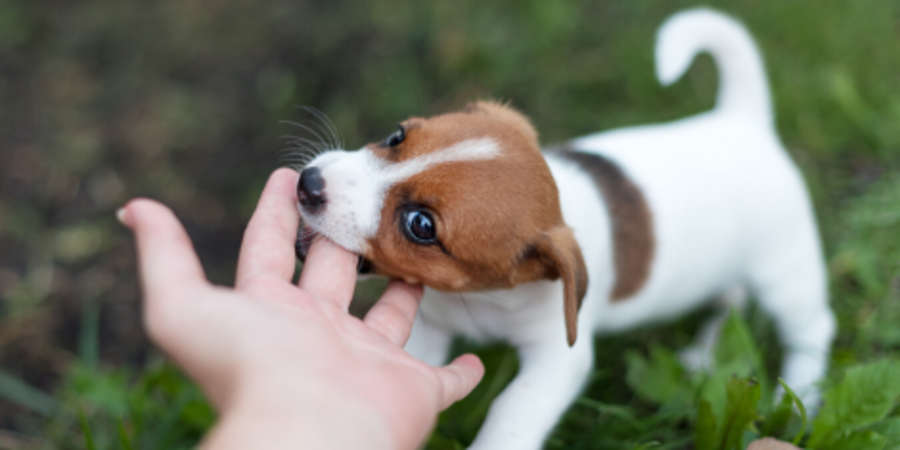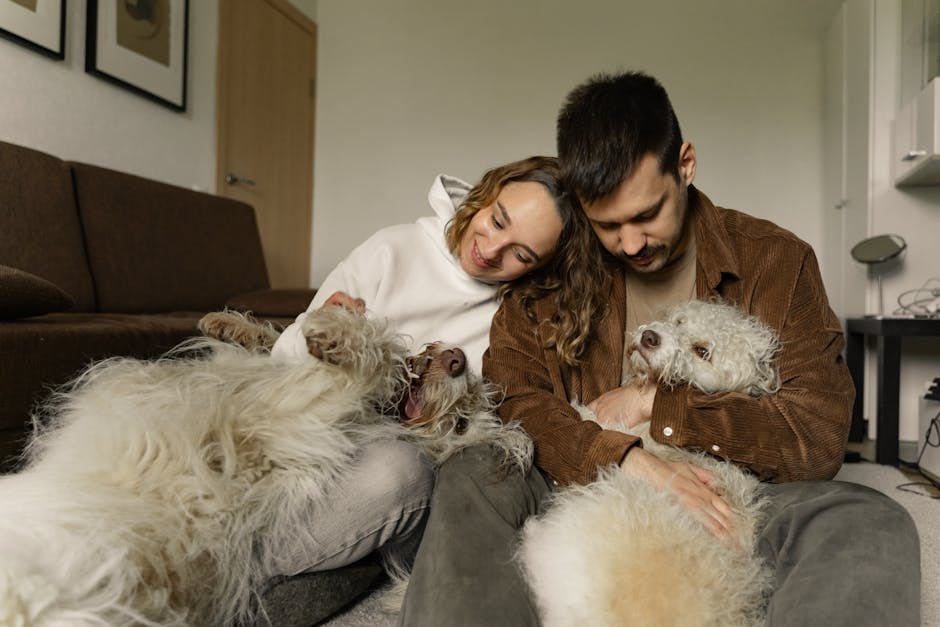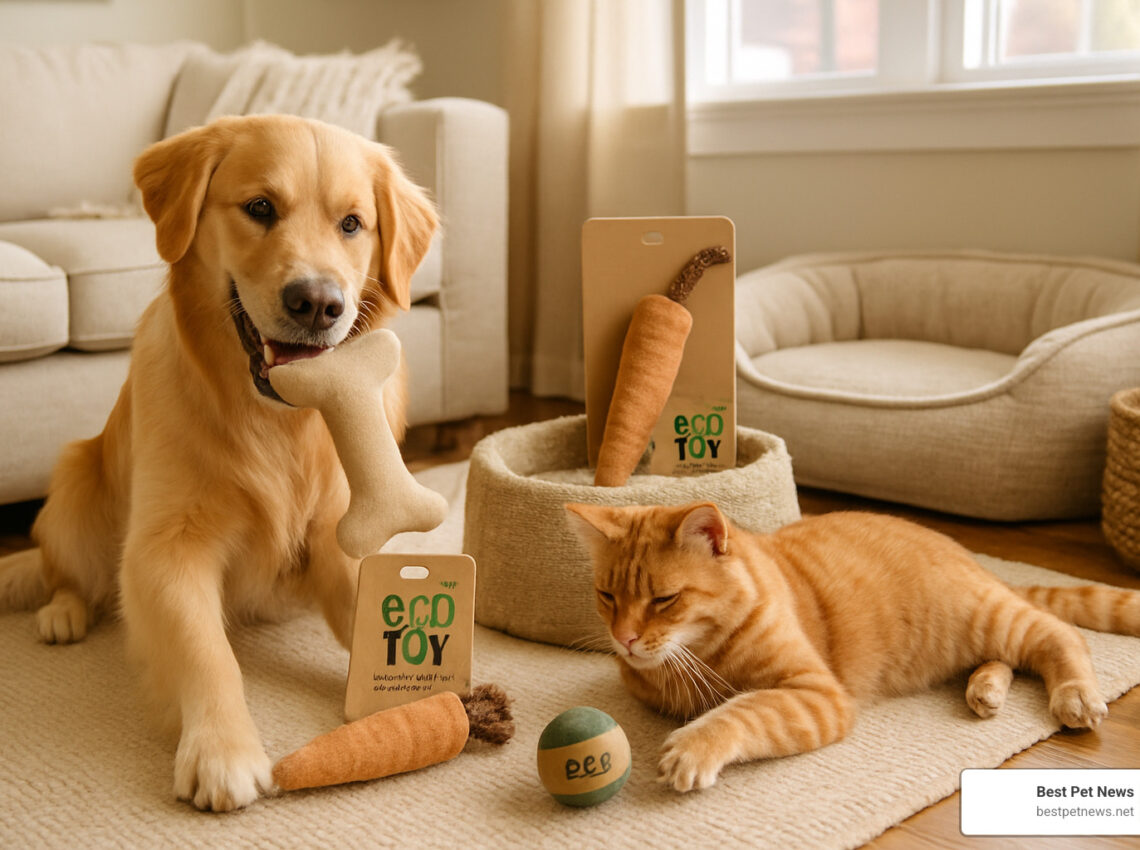How to Train a Puppy to Stop Biting: A Comprehensive Guide for Pet Owners

Puppy biting is one of the most common behavioral challenges faced by new dog owners. While it may seem like a normal phase of puppyhood, persistent biting can become problematic if not addressed early. Whether your puppy is teething or simply exploring the world with its mouth, it’s important to teach your pup proper biting behavior. Not only will this create a safer environment for everyone, but it will also help nurture a well-mannered, happy dog.
In this guide, we’ll walk you through practical strategies to stop your puppy from biting, using positive reinforcement and gentle training techniques. With consistency and patience, your puppy can learn the boundaries of acceptable behavior.
Why Do Puppies Bite?
Before diving into training methods, it’s important to understand why puppies bite in the first place. Puppies use their mouths to explore the world around them. Since they can’t speak, their mouths become a way for them to interact with objects, people, and their environment.
There are a few common reasons why puppies bite:
- Teething: Like human babies, puppies go through a teething phase, typically between 3 to 6 months of age. During this time, their baby teeth are falling out and new adult teeth are coming in, which can be uncomfortable. Biting provides relief from the discomfort.
- Exploration: Puppies are naturally curious, and biting is a way for them to explore their surroundings. They might chew on furniture, shoes, or your hands simply because they’re learning about their environment.
- Playfulness: Puppies often bite during play, especially when they’re excited. This behavior is common in litters when they wrestle with their siblings. However, it’s important to teach them that biting during play with humans is not acceptable.
- Attention-Seeking: Puppies may bite to get your attention. If biting leads to a reaction—whether it’s positive or negative—they might repeat the behavior to engage you.
Understanding these motivations can help you address the issue effectively and compassionately.
How to Train a Puppy to Stop Biting: Step-by-Step Guide
Training a puppy to stop biting requires patience, consistency, and the right techniques. Here’s a step-by-step approach to help you address your puppy’s biting behavior.
1. Provide Teething Toys
One of the most effective ways to prevent your puppy from biting you is to give them something appropriate to chew on. Teething toys are designed to relieve discomfort and satisfy the puppy’s natural urge to chew.
- Choose durable toys: Opt for toys made from materials that are safe for puppies, such as rubber or nylon. Avoid small toys that could be a choking hazard.
- Freeze toys: For additional relief, you can freeze teething toys. The cold sensation helps soothe their sore gums.
Encourage your puppy to chew on the toys by gently offering them and making it fun. When your puppy starts biting your hand or clothing, redirect their attention to the toy.
2. Use the “Ouch” Technique
The “ouch” method is a technique that mimics how puppies learn from their littermates. When a puppy bites too hard, the other puppy typically yelps or retreats to communicate that the behavior is not acceptable.
Here’s how to implement this technique with your puppy:
- When your puppy bites or nips you, let out a loud, high-pitched “Ouch!” or a soft “No” to signal that the bite was too hard. This mimics the response puppies would get from their littermates.
- Immediately stop playing and turn away from your puppy. By stopping playtime, you’re teaching your puppy that biting results in losing the attention they crave.
- After a brief pause, resume play with a toy or other appropriate object to redirect their energy.
This method helps the puppy understand the boundary between playful biting and biting that hurts.
3. Redirect Attention to Appropriate Objects
Puppies are naturally inclined to chew on things, so it’s crucial to give them something appropriate to chew on. If your puppy starts biting your hands, feet, or clothes, gently redirect them to a toy.
- Use a variety of toys: Having different types of toys available for your puppy is important. Rope toys, rubber bones, and squeaky toys can all capture your puppy’s attention.
- Consistency is key: Always redirect the biting behavior to an acceptable object. Over time, your puppy will learn that chewing on toys is acceptable, while biting people is not.
4. Encourage Gentle Play
Puppies often bite during play as they don’t fully understand the boundaries of rough play. It’s important to teach your puppy that gentle play is more rewarding than biting.
- Set play rules: During playtime, make it clear that biting isn’t allowed. If your puppy tries to bite, immediately stop the play session, and calmly walk away for a few seconds. This signals to your puppy that rough play leads to the end of the fun.
- Reward gentle behavior: When your puppy plays gently, praise them with treats or affection. Positive reinforcement helps them associate good behavior with rewards.
5. Time-Outs for Biting
If your puppy continues to bite despite redirection and the “ouch” method, a time-out can be an effective consequence. This will teach them that biting leads to a loss of attention.
- Implement short time-outs: After your puppy bites, calmly remove them from the situation and place them in a safe, quiet area for 30 seconds to a minute. Be consistent with this time-out and avoid using it as punishment—just a way for your puppy to understand that biting means losing the opportunity for interaction.
- Resume play once calm: After the time-out, encourage your puppy to engage with toys or other activities. Always give them attention and praise when they behave gently.
6. Socialization and Puppy Classes
Socialization is key to preventing biting behavior, as it helps your puppy learn how to interact appropriately with other dogs and humans. Early socialization with different people, dogs, and environments can reduce the likelihood of aggressive behavior.
- Puppy classes: Consider enrolling your puppy in a well-structured puppy training class. These classes offer a controlled environment where your puppy can interact with other puppies and learn proper behavior through positive reinforcement.
- Supervised play with other dogs: If possible, arrange for playdates with other vaccinated puppies. This allows your puppy to practice appropriate bite inhibition in a social setting.
7. Teach “Leave It” and “Drop It” Commands
Teaching your puppy basic commands like “Leave it” and “Drop it” is an effective way to stop unwanted biting behavior. These commands can help redirect your puppy’s attention and provide an alternative to biting.
- Use treats to reward compliance: When your puppy responds to these commands, reward them with treats and praise.
- Consistency: Repetition is key to teaching these commands. Practice regularly during playtime or walks.
When to Seek Professional Help
If your puppy’s biting becomes aggressive or continues despite your best efforts, it might be time to seek professional help. A certified dog trainer can assess your puppy’s behavior and provide additional strategies tailored to your specific needs.
Additionally, if you notice any signs of pain or discomfort (such as excessive drooling or difficulty eating), it’s important to consult with a veterinarian to rule out any health issues that may be contributing to the biting behavior.
Conclusion
Training a puppy to stop biting requires patience, consistency, and the right strategies. By understanding why puppies bite and implementing positive reinforcement techniques like providing chew toys, using the “ouch” method, and offering appropriate redirection, you can help your puppy learn proper behavior.
Remember, biting is a natural behavior for puppies, but with early training and proper guidance, you can teach your pup to develop good habits and enjoy a playful, safe environment for everyone.
With time, dedication, and consistency, your puppy will learn to communicate in more appropriate ways, leaving the biting behavior behind!



1 Comment
[…] More info about How to Train a Puppy to Stop Biting […]